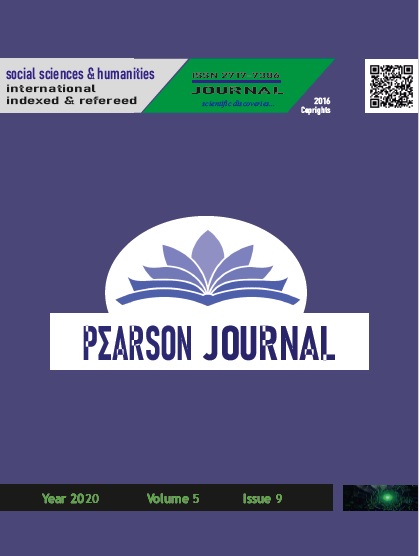READING THE DIVINE COMEDY IN THE LANGUAGE OF THE SCULPTURE
DOI:
https://doi.org/10.46872/pj.134Keywords:
Art, Literature, Sculpture, Divine ComedyAbstract
Efforts to bring art disciplines closer to each other may, from time to time, minimize the differences between them and suggest a common purpose identity, while paving the way for the emergence of works that hybridize in sensory and emotional contexts, in which words, colors, light, shadow and forms are fused in context. While this ambiguous and transdisciplinary approach is encountered almost every period in the historical flow of art, the words of the ancient Greek poet Simonides, painting is a silent poem and poetry is a talking painting art, is a reference to transcend the borders and creating new relationship planes, a result of the nature of art that opens the door to plural is reflex. The purpose of this research is to reveal new readings produced by the dialogue between art and literature, and to examine the formulations of convergence between literary phenomena and plastic arts, through selected sculptural works of Dante Alighieri, in which one of the world's most famous epic poems, called Divine Comedy, was used as a theoretical background. When the ontological creation process, which art tries to carry out through traditional methods, is synthesized with another practice when it limits the possibilities of expression, it can transform the work created into a cumulative structure, and trigger the expansion of the field of meaning by piling up the generated idea and information.




